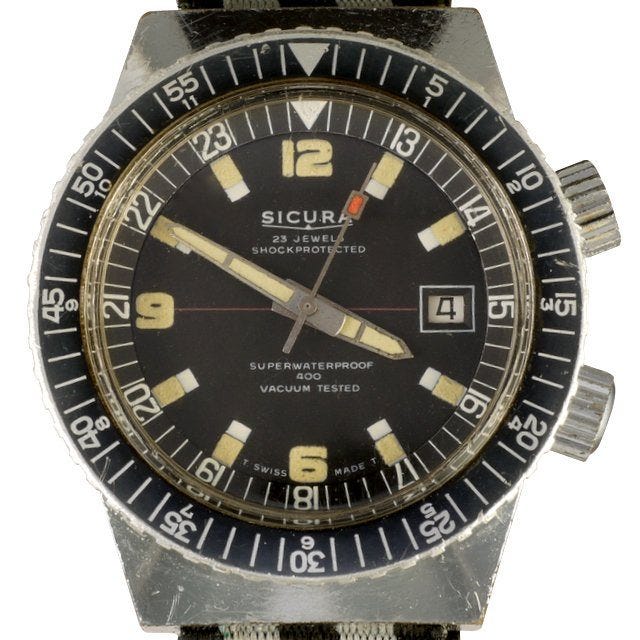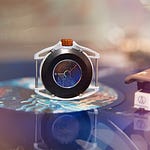There has been a lot of buzz surrounding affordable GMT complications in microbrand watches. On the mic is long-time Analog Explorer alumni Dan ( @Timely_Moments ) from the Zulu Time Podcast, and in this collaborative episode, we explore how the bezel surrounding GMT movements can enhance their functionality. We cover a brief history of the evolution of bezels and what they measure. And we put out our conjecture that perhaps we may see a revival of simpler bezel designs that allow for different timing options without the added expense and complexity of a mechanical 4-hand movement
Fixed Bezels
Pulsmeter scale 30-220 (pulse rate)
Tachymetre - 60 to 400-600 (calculate speed and distance)
Telemetere - number up to 19 with mile/km markings (measure the distance between a person and a remote event/object)
Decimal bezel (1- 100) (This bezel helps present time in percentages and decimals)
Turnable Bezels
Count up or Elapsed Time (Diver)
Count Down (Mission Timer)
24hr
Worldtime (passive)
12hr
“Double over” (count up and 12 hrs for example, but any two tracks of measuring. See No Deco)
No Deco (decompression)- created by Doxa, showing two tracks on one steel bezel of a diver on the inside and recreational no decompression depth on the outside in a ‘double over’ design.
Segmented (Blok)
Compass (Seiko Alpinist)
Yacht - 0-10
Tide Bezel
Aeronautic Computer/ Slide Rule - Breitling Navitimer
Lindbergh Bezel
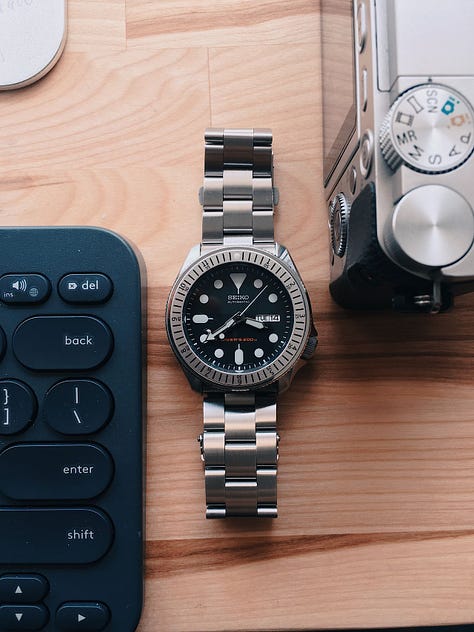
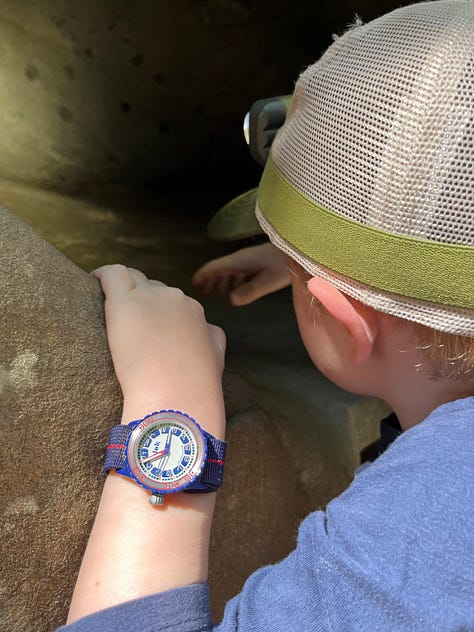
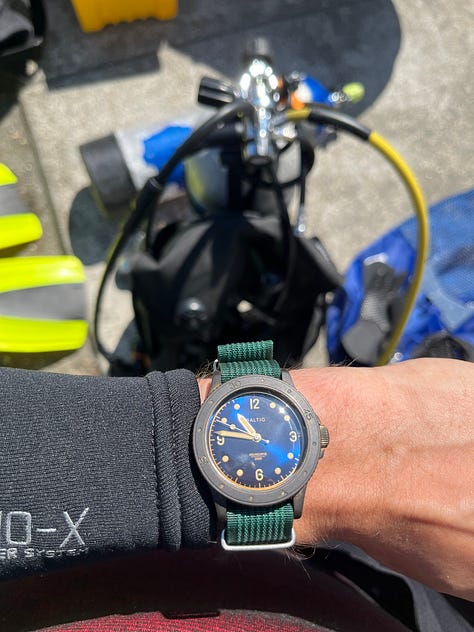
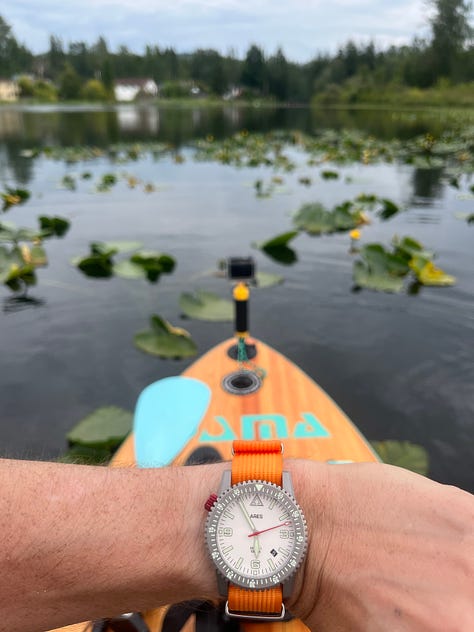
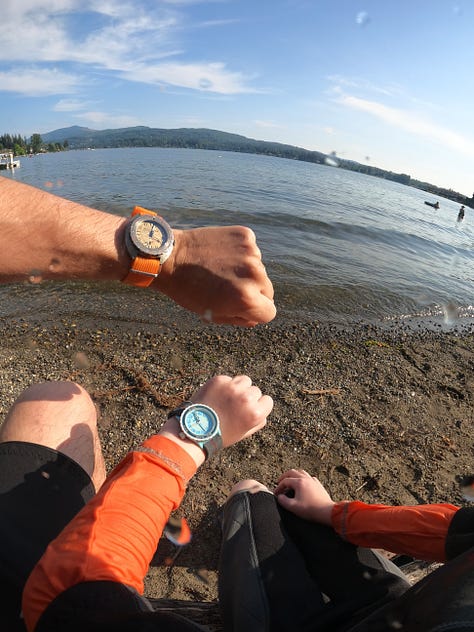
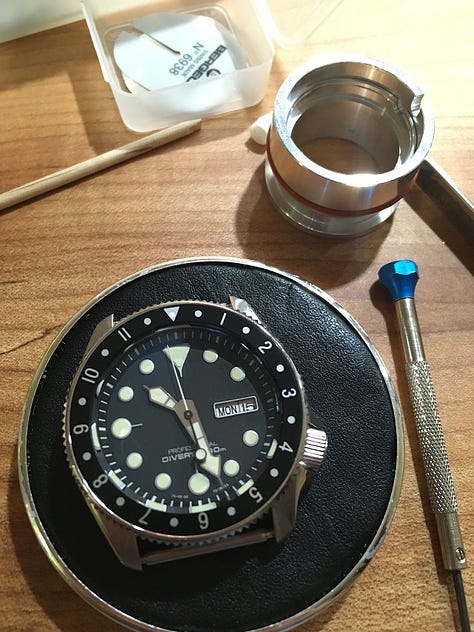
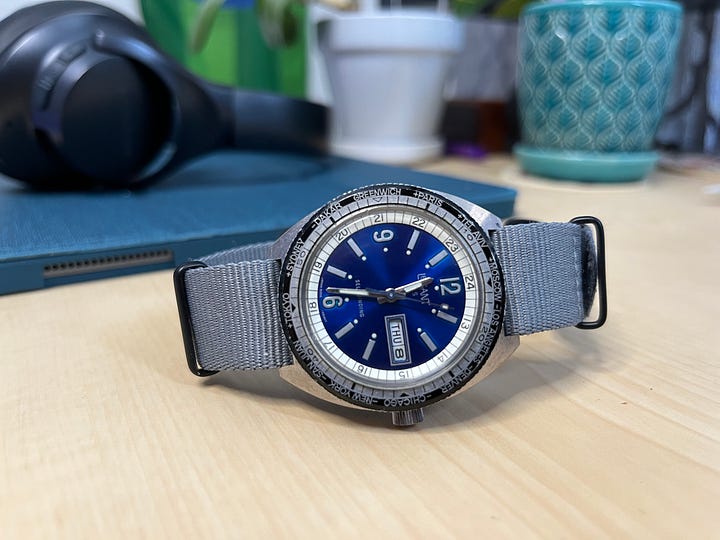
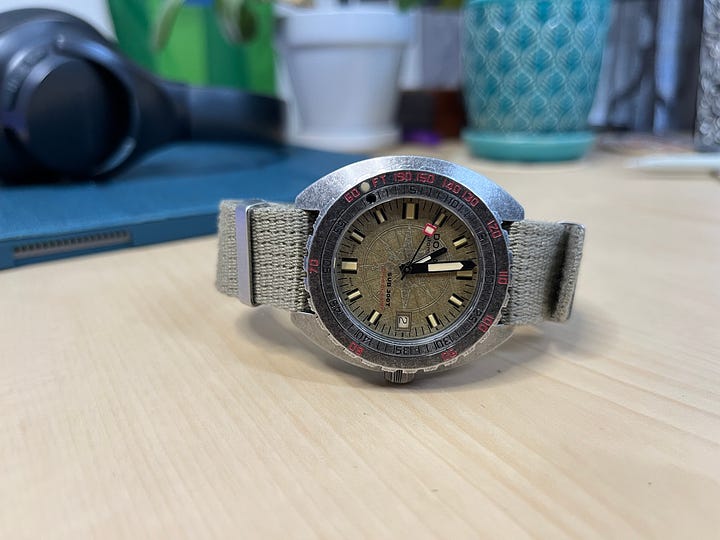
Requires complication combo
Altimeter- example Oris Altimeter with meter scale (internal bezel) - https://shop.hodinkee.com/products/oris-propilot-altimeter-meters-79377758764-set
Depth - (but still keeps diver’s count up bezel on outside) https://quillandpad.com/2021/05/22/a-comprehensive-look-at-mechanical-depth-gauge-watches/
Chronographs + (see above under Fixed Bezels)
History
A bezel that moves.
Air-Era
Rolex Zeropgraphe- 1930’s rotating bezel
1938-1941 Hanhart, Tutima, Glashutte - pilot chromosome with a turned bezel and a red mark at 12 for a “reference marker”
Glicine Airman : 24hr watch and double 12 watch
Soviet watches like the 3133 chronographs have a rotating inner 12 bezel
Sea-Era
1950’s Rolex Turn-o-Graph
1953 Submariner
Rolex Submariner was the “…first diver’s wristwatch to be waterproof to 100 meters) and have a rotating bezel.” - Rolex
1953 Blacpain fifty Fathoms
“Blancpain was the first company to make its timing bezel unidirectional, only ratcheting counter-clockwise. A unidirectional bezel is useful since, should it get bumped during the rough and tumble of diving, it will only subtract time from a diver’s bottom time and not put him in danger of overstaying his no-deco limit. Until Blancpain’s patent ran out on this feature, other brands had to make do with bezels that spun both ways. Today, unidirectional bezels are virtually universal.” - Revolution
1953 Zodiac Sea Wolf
1970 Omega Ploprof, big orange button to unlock the bezel
Yema, lock from the crown to hold the bezel in place
In the late ’60’ - Compressor case = Internal Bezel
1967 IWC Aquatimer
1967 Doxa introduced the no-deco bezel
Mid 70’s Seiko : 600meter pro diver with a shroud that screwed into the case. Bezel cutouts for two finger access
Soviet Boctok Amphibias
Travel Era
1937 Patek Philippe World Time watches - 515 HU
1954 GMT master 6542
Combinations of bezels inside and outside
Double independent external bezel watch
1960s
LeJour, Kaltron, Thomax, and Welsbro
J.P. Pingouin Cruisemaster Tide-Indicator Watch
1970s
Sicura Watches - 1972
Today
Elliot Brown Beachmaster https://elliotbrownwatches.com/en-us/collections/beachmaster








